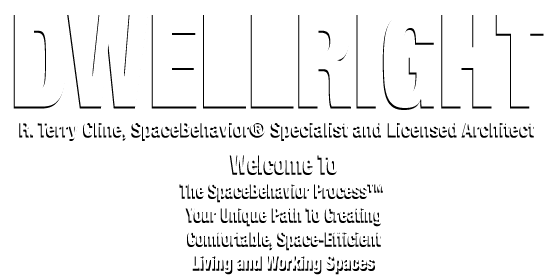Getting Started With Your Dream Home
Your Place Journal & Inspirational Reading List
Gathering Images:
In some organized way, assemble data about the places in your life that make you feel comfortable and those that make you feel uncomfortable. Document their size, take photos, or make diagrams illustrating what it is within the space that evokes the response. Images of other spaces can supplement your notes – magazines are a great resource for this. Some current non-prioritized favorites for gathering images are:
Natural Home & Garden
Fine Homebuilding
Fine Homebuilding’s annual House issue
Architectural Digest
Better Homes and Gardens Building Ideas
Better Homes and Gardens Home Plan Ideas
Better Homes and Gardens Remodeling Ideas
Elle Decor
Home Magazine
House and Garden
House Beautiful Home Building
Metropolitan Home
Traditional Home
Dwell
Inspirational Reading, Somewhat prioritized book list that reflects the philosophy behind my work. *
“Not So Big Remodeling”, Sarah Susanka & Marc Vassallo; The Taunton Press, 2009, $32
Tailoring of Your Home for the Way You Really Live
“A Pattern Language”, Christopher Alexander; Oxford University Press, 1979, $50
Finding your desired patterns of behavior.
“Inside the Not So Big House”, Sarah Susanka; The Taunton Press, 2005, $35
Discovering the Details that Bring a Home to Life.
“Home By Design”, Sarah Susanka; The Taunton Press, 2004, $35
Transforming Your House Into Home.
“Outside the Not So Big House”, Sarah Susanka & Julie Messervy; The Taunton Press, 2006, $35
Transforming Your House Into Home.
“Creating The Not So Big House”, Sarah Susanka; The Taunton Press, 2004, $35
Insights and Ideas for the New American Home.
“The Not So Big House”, Sarah Susanka; The Taunton Press, 1998, $30
The merits of quality over quantity.
“Manipulating Spaces – What We Do To Them and What They Do To Us”,
Prof. Roger Richmond (SpaceTherapy® business partner), self published 500 page text book, $35
“The Temple in the House”, Anthony Lawlor, G.P. Putnam’s Sons, 1994, $18
Finding the sacred in everyday architecture.
“The Natural House Book”, David Pearson; Fireside, New York, 1989, $20
Exploring ways of living in non-toxic environments.
“Healing Environments”, Carol Venolia; Celestial Arts, 1988, $10
Your Guide to Indoor Well-Being
* Record page numbers per book and email them to me, stating why you like or dislike images and ideas.
Developing a Program
In addition to the above collection of images and ideas gathered, create a written “Design Program” of your needs, desires, and wants – listing desired activities per space, taking care not to get attached to the labels of these spaces. Pay more attention to your desired patterns of behavior and feelings. Also list any phobias, likes or dislikes, hobbies, and anything that adds further clarity in defining your needs. (See Sample Design Program provided elsewhere.)
Developing a Memory Log
Equally important is the creation of a written memory log of the spaces you have lived in over the course of your life. While you may describe each home in detail, the primary objective is to establish your inHABITations……… the quality and character of those spaces in your life that shaped habit-forming behaviors. Your childhood bedroom, the kind and nature of home you lived in. The size, shape, color, texture, etc. of the primary spaces in your life…, and whatever else you’d like to share.
Some things to think about:
What are your commitments in your life and in the world?
What’s the ideal experience of your home?
What would you like to have your rooms support?
What shape and size spaces, lighting, colors, acoustics, textures, smells, furnishing arrangements and ‘homescaping’ would support those goals?
Enhancing Space for Optimum Result!
Should you have any questions, please don’t hesitate in contacting me. Sincerely, Terry Cline






